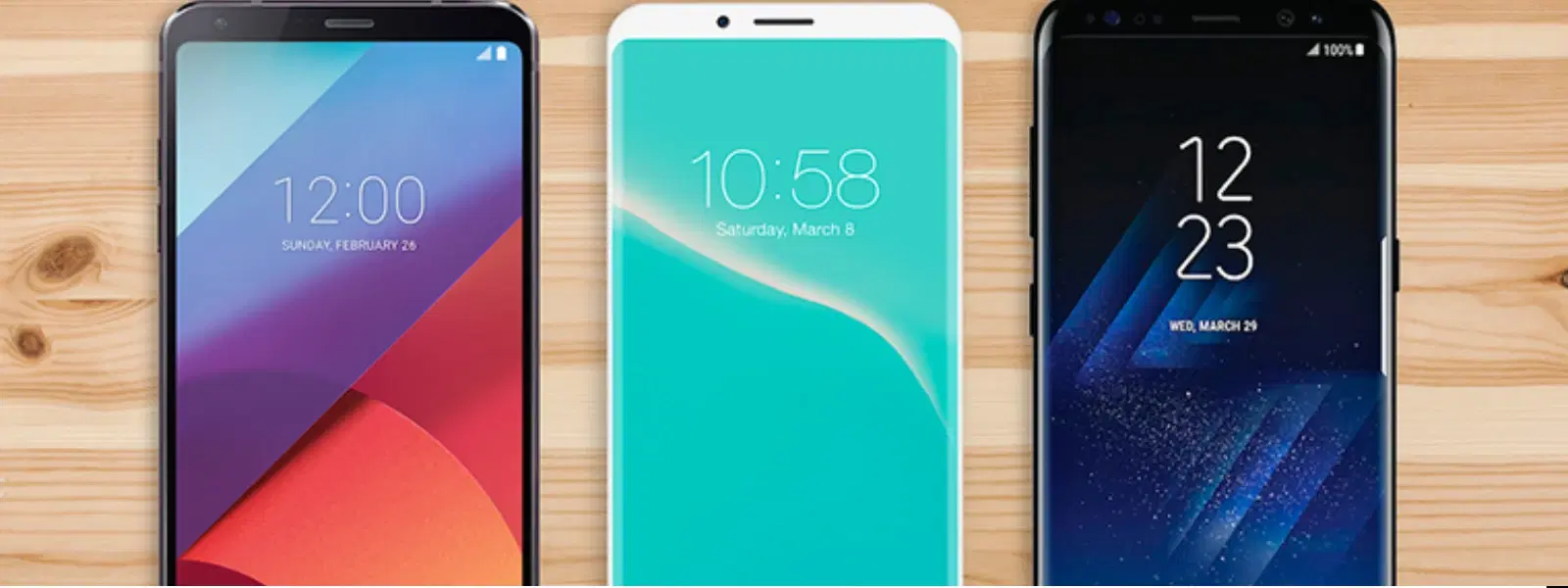
Consumer Electronics
•03 min read
Display technology is evolving rapidly, and the debate over p oled vs amoled is paving the way for smarter choices and innovative designs in modern gadgets. By reading further, you'll gain clarity on what sets POLED and AMOLED apart, and why these differences matter when selecting devices, from smartphones to TVs and beyond. Shop confidently on Tata Neu and earn up to 5% NeuCoins on every purchase, enjoying reliable after-sales support and express delivery for orders placed before 6 PM.
POLED, or Plastic OLED, leverages a flexible plastic substrate to create displays that bend without breaking. This innovative approach is ideal for curved and foldable devices, delivering a lightweight design that appeals to those eager to embrace future-forward technology. With its unique flexibility, POLED offers distinct advantages, especially for users who value portability and innovative form factors.
AMOLED, which stands for Active-Matrix OLED, is known for its active-matrix design that allows each pixel to be controlled individually. This design enhancement results in better responsiveness and exceptional image quality. Widely used in smartphones and televisions, AMOLED screens are celebrated for deep blacks and vibrant colours that enhance everyday viewing experiences.
One of the primary differences between these two display technologies is their material make-up. POLED benefits from its flexible plastic base, making it particularly suited for devices where durability in a bendable form factor is key. In contrast, AMOLED typically employs a rigid glass-based structure that supports a robust and high-resolution display experience. The difference between POLED and AMOLED display technology highlights the choice between durability and flexibility.
POLED's flexibility allows for innovative designs, yet this trait may also bring challenges such as a higher sensitivity to scratches. On the other hand, AMOLED's glass structure tends to provide a sturdier surface, making it more resilient in everyday use scenarios. This poled vs amoled durability contrast is essential for consumers weighing their priorities between design innovation and ruggedness.
When assessing energy efficiency, both display types bring unique characteristics to the table. AMOLED’s active-matrix design generally contributes to a more effective power management system, which proves beneficial for extending battery life. However, the latest advances in POLED technology continue to level the playing field, making both viable options depending on the device and user needs. According to recent industry research, these advancements are narrowing the gap in energy consumption between POLED and AMOLED.
When it comes to image quality, AMOLED often shines with its superior colour vibrancy and impressive contrast ratios. This results in visuals that are crisp and engaging. POLED screens, while slightly less vivid, still offer excellent resolution and a flexible design that appeals particularly to those who enjoy innovative display aesthetics.
Both POLED and AMOLED screens are designed with eye comfort in mind. AMOLED generally provides enhanced brightness control, making it a good choice for prolonged use and reducing eye strain. Yet, the evolving technology behind POLED displays is also addressing brightness levels, ensuring minimal discomfort during extended viewing sessions.
Screen burn-in and molecule degradation can be concerns for both display technologies. AMOLED displays are typically engineered to mitigate such risks, according to recent industry studies, thereby often boasting a longer lifespan. Although POLED technology is innovative, its flexible nature can sometimes mean it is more vulnerable to physical wear over time.
The distinct strength of POLED lies in its flexibility and lightweight design. This makes it an attractive choice for foldable devices and other cutting-edge gadgets which require a display that can adapt to various shapes without compromising on performance.
AMOLED displays bring forth a range of benefits including deep blacks and a wider colour gamut. Its active-matrix architecture guarantees consistent performance and detailed image clarity, making it well-suited for high-performance smartphones and large-screen televisions.
The decision between POLED and AMOLED largely depends on your individual needs. For users prioritising flexibility, such as those looking to invest in the latest foldable devices, POLED presents clear advantages. Conversely, if superior image quality, brightness control, and a robust design are your primary requirements, AMOLED could be the optimal choice. On platforms like Tata Neu and Croma, innovative display technologies like POLED and AMOLED redefine the consumer electronics experience, delivering cutting-edge solutions for demanding users.
Did You Know? POLED's Flexibility Is Revolutionising Foldable Displays
POLED technology is paving the way for innovative designs like foldable and rollable screens, making it a favourite for futuristic devices.
POLED is better suited for flexible devices, while AMOLED excels in image quality and durability. POLED vs AMOLED: Which is better for your needs?
AMOLED enhances traditional OLED with its active-matrix technology for improved performance and brightness.
AMOLED uses active-matrix control for faster response and better performance, whereas PMOLED employs passive-matrix technology and is less advanced.
AMOLED generally offers superior brightness control which contributes to enhanced eye comfort, though both are designed to minimise eye strain for prolonged use.
AMOLED displays typically have a longer lifespan due to lower vulnerability to physical damage compared to POLED.
In summary, while both POLED and AMOLED display technologies present compelling choices, the key differences lie in material composition, durability, image quality, and power consumption. Your choice should reflect your priorities—whether that is the future of flexible devices or enjoying superior, vibrant visuals. Shop on Tata Neu to explore devices embodying these technologies and earn up to 5% NeuCoins, along with express delivery and reliable after-sales support. This discussion should empower you to make an informed decision tailored to your needs and preferences in consumer electronics.